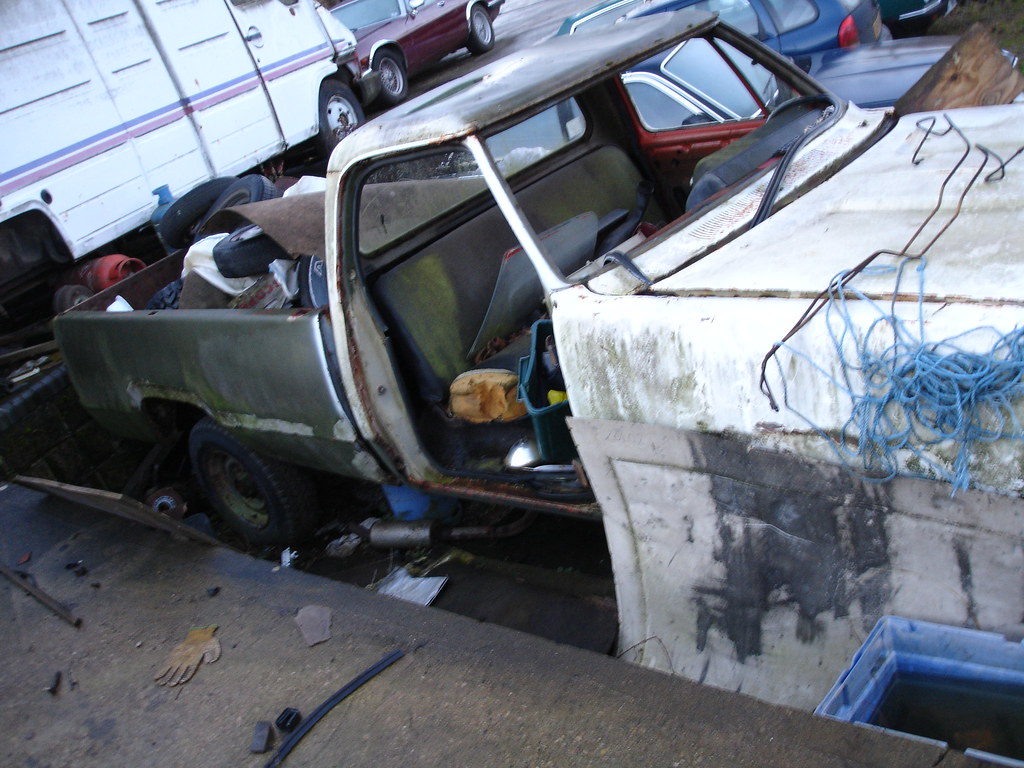Every year, millions of vehicles across the globe reach the end of their journey on the roads and start a new one toward sustainability and reuse. In the United Kingdom alone, between January and October, a staggering 798,363 passenger cars and light commercial vehicles (LCVs) embarked on this path, according to fresh insights obtained through a Freedom of Information request to the Driver and Vehicle Licensing Agency (DVLA). Among these, the Ford Focus led the way as the most scrapped vehicle of the year, with 42,637 units being decommissioned. Following closely were the Vauxhall Astra and Corsa, marking a significant chapter in the lifecycle of these vehicles.
The Positice Aspect of Car Scarppage
While these figures might initially evoke a sense of loss, there’s an incredibly positive side to this narrative that often goes unnoticed. An astounding 80% of the parts of these scrapped vehicles are in perfect condition, presenting a goldmine of opportunities for recycling and reuse. This not only underscores the efficiency of current recycling processes but also highlights a crucial aspect of sustainability in the automotive sector. The journey of a car from being scrapped to recycled is a fascinating process, filled with intricate steps aimed at maximizing reuse and reducing environmental impact.
The Process of Car Recycling
The scrappage of cars is not merely about getting rid of old and potentially unsafe vehicles. It’s a well-orchestrated process that begins with the car’s arrival at a scrap yard, followed by a meticulous ‘depollution’ process. This initial step ensures the removal of all hazardous materials, such as the battery and fuel tank, which are then recycled through specialized processes. Noteworthy is the potential second life of a lithium-ion battery, which, if retaining 80% or more charge, can contribute to electricity storage in the National Grid or be neutralized through innovative methods such as freezing in liquid nitrogen.
Subsequent to depollution, the car undergoes crushing and shredding, transforming it into compact cubes and eventually into smaller chunks. This meticulous separation and recycling of materials underscore the technological advancements and commitment to sustainability within the industry. Metals, plastics, and even the fabric from seats find new life in various forms, from construction materials to new automotive parts, illustrating the circular economy in action.

The Significance of Car Recycling
Interestingly, the data reveals a shift in vehicle scrappage trends, with a notable decrease compared to the previous year. Factors such as the expansion of London’s Ultra-Low Emission Zone (ULEZ) and the cost-of-living crisis have influenced these patterns, demonstrating the complex interplay between environmental policies and economic realities. Despite these fluctuations, the overall trajectory points towards an increased emphasis on recycling and responsible disposal, aligning with global sustainability goals.
The role of hatchbacks in this scenario is particularly striking, with seven of the top 10 most scrapped models in 2023 being hatchbacks. These models constituted a significant 25.2% of all vehicles removed from the road, indicating the impact of certain vehicle types on scrappage rates and, by extension, recycling processes.
While we delve deeper into this journey, it becomes clear that the scrappage and recycling of cars is not just a necessity but an opportunity. An opportunity to reimagine the lifecycle of automotive parts, to innovate in the field of material reuse, and to contribute to a more sustainable future. The intricate processes of depollution, crushing, and recycling serve as a testament to the advancements in the field and the potential for further innovation.
The scrappage of cars, while a sign of the times, is also a beacon of hope for environmental sustainability. With the majority of parts in perfect condition and a robust system for recycling and reuse in place, the future looks bright for the automotive recycling industry. As we continue to navigate the challenges and opportunities of sustainability, the journey of scrapped cars offers valuable insights and inspiration for a more responsible and eco-friendly world.
Related posts:
Where Do Scrapped Cars End Up?
Scrap cars have value for recycling
Discover The Scrap Value of Car





